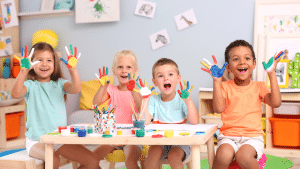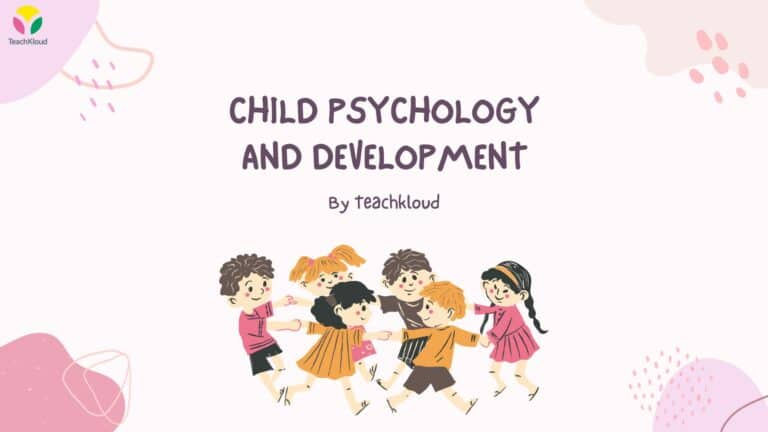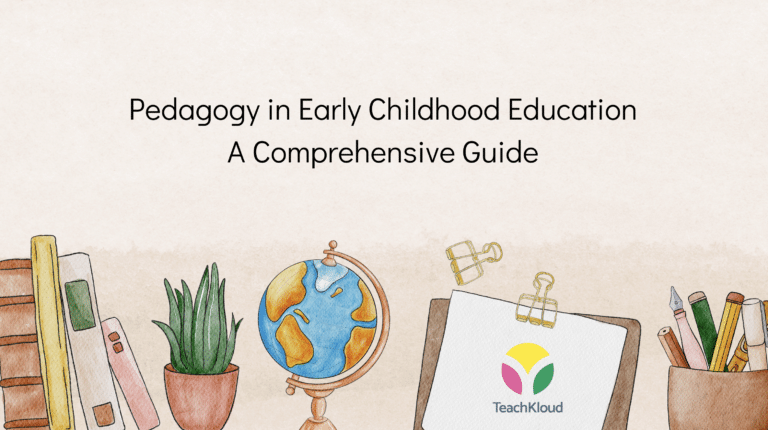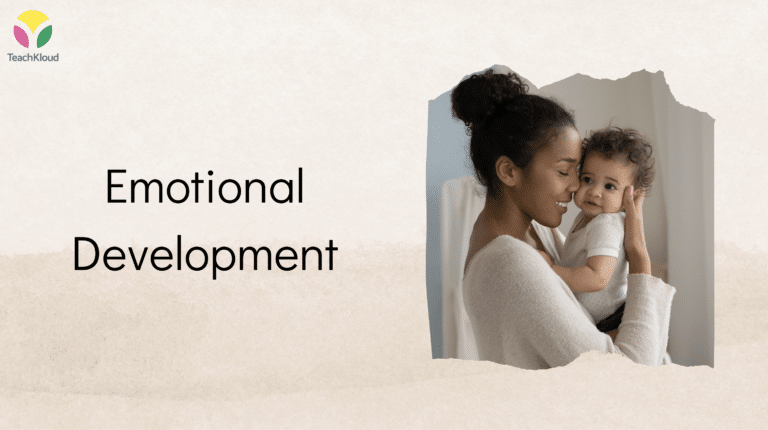“We all live with the objective of being happy: our lives are all different and yet the same”
– Anne Frank
Promoting Positive Values on Diversity & Equality
Promoting positive values on diversity and equality is a highly-discussed topic at the moment – we see much content discussed across social media and more traditional media. It raises the question with parents and child care providers – when is the right time to address this topic with young children. The reality is that it is never too early – and promoting diversity & equality to young children provides a solid basis for their values going forward.
There is a common misconception that children do not notice differences, whether that is eye or skin colour or noticing that another child has an additional need. However, research indicates that children as young as 6 months are able to categorise people by ethnicity and even gender, so children notice differences. Children watch how their parents and those around them interact with diverse types of people. Between ages 3-5, these experiences begin to inform children’s behaviour or how they react and interact with others.
The Anti-Bias Approach
Louise Derman-Sparks has worked for over 50 years on issues of diversity and social justice as a preschool teacher at the Perry Preschool Project, child-care center director, human development faculty member at Pacific Oaks College, and activist. She is known for her approach called the Anti-bias approach, explained in the book “Anti-Bias Education for Young Children and Ourselves” by authors Derman-Spark and Olsen Edwards.
The approach focuses on four goals giving practical strategies on activities you can incorporate in your child’s learning environment today.
Anti Bias Approach (Louise Derman – Sparks)
- Identity – review your child’s environment and play materials. Ask yourself, does your child’s environment reflect people around the world? Introducing some play materials to show diversity can be a very positive step.
- Diversity – encourage your children to interact with a diverse range of people – old, young, diverse communities, male and female. While this may be challenging in current covid times – it is something to keep in mind and aspire to when restrictions ease.
- Justice – decipher between images that are true and untrue – challenge your children to consider if what they see and hear is fair and true. As adults we are challenged to decipher “fake news” from fact – it is important to encourage children to question what is real or not from a young age.
- Activism – empower and encourage your child to stand up for what is right or wrong. Parents and early childhood / childcare professionals can lead by example here.
The Hidden Curriculum
As parents and preschool professionals we can be part of the solution. How we talk to children and what we expect from them. The hidden curriculum is communicated by teachers and parents to children in how we talk to them or what we expect of them. For example, you may give off the expectation that boys can play in more risky games than girls, anytime, you see a girl climbing a tree or running very fast you stop them but allow the boys to do it. Another example is being overprotective of children with additional needs. You may have heard similar comments to these: “the girls will love this, it has a lot of pink on it”, or you may have heard something along the lines of “I need two strong boys to move this box.”
5 Useful Strategies to Guide You
- Imagery – make sure your child has books and images that challenge stereotypes.
- Teamwork – discuss books and learning materials with children to see if they are fair or unfair.
- Expression – help your child express why an image may be unfair and help them understand why stereotyping can be hurtful.
- Learning Materials – introduce play materials that reflect different cultures and backgrounds. For example, you could include assistive cooking utensils or cutlery for children with additional needs and adaptive devices.
- Communication – ensure good communication between parents and preschool teams. The key takeaway is to strive to build great relationships between families and childcare providers.
“In diversity there is beauty and there is strength.“ —Maya Angelou
Resources Available
Books such as “The Skin You Live In” by Michael Tyler or “The colours of us” by Karen Katz are great resources and a great addition to children’s libraries.
Using the TeachKloud preschool management software, preschools can share videos, images, learning opportunities or questions with the family. They can send enrolment forms home and get to know the child’s and family’s background. You can gather a lot of details from the enrolment form. Using TeachKloud’s preschool management software, preschools can gather information from parents on their home language, ethnicity, lifestyle choices, allergies etc. This is, however, a starting point between Pre-schools and families to get to know each other.
Free Online, Short Course on Diversity and Equality
TeachKloud have a fantastic free online course on diversity and equality with practical strategies, as well as other online courses for educators and parents on Kloud Academy.
Dr.Wendy Oke – TeachKloud Founder





